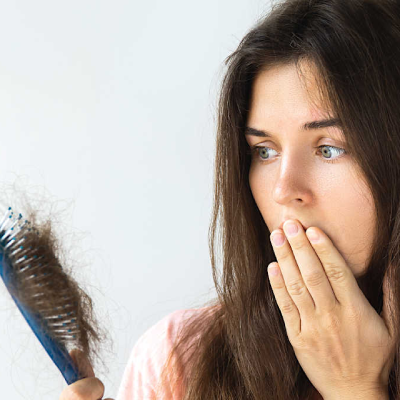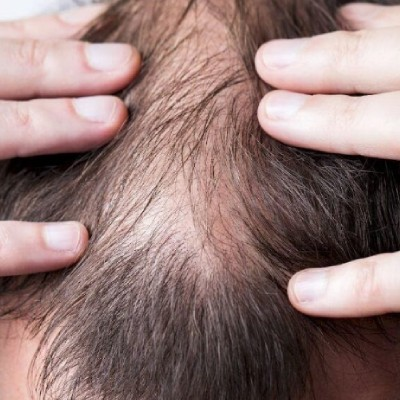5 Ways to ensure that Your Hair Transplant Lasts long

27 December 2018

Hair Experts @ AHS

Hair transplant is the procedure in which hair follicles from a part of the body is transferred to the balding parts of the body.
Hair transplant is the procedure in which hair follicles from a part of the body is transferred to the balding parts of the body. The procedure has become quite popular in recent years as the problem of hair loss is becoming more and more rampant. However, just getting the hair loss treatment done won’t give you back your hair, as it a long process.
It is essential for people interested in getting a hair transplant to know what to do after the procedure, especially since obedience with instructions are crucial to a successful hair transplant and faster return to daily routines. Once the procedure is done, there are some vital things to take care of and follow religiously so that the transplant lasts long.
Here are 5 ways to ensure that your Hair Transplant lasts long:
1. Avoid Sun Exposure

It is vitally important to avoid direct sun exposure to the grafted areas for at least three months post-hair transplant. Sun exposure augments the risk of hyperpigmentation to the scalp. Patients are advised to wear a hat or sunscreen to protect the grafts when outdoors after the hair loss treatment.
2. Avoid Strenuous Exercise Initially

Abstain from exhausting activity or exercise for at least one month. New hair follicles require a plentiful and steady supply of blood to flourish, and extreme physical exertion can compromise the body’s natural blood flow. Therefore, it’s advised for the patients to wait until the staples are removed from the donor site. Also, avoid getting a haircut or colouring or chemically treat the hair in any way for at least a full month after their procedure.
3. Regular Maintenance

It is vital to follow up the hair transplant procedure with a regular maintenance plan so that the patients can preserve the hair they have.
Hair loss is a progressive process and hair transplantation surgery that moves healthy hair follicles into thinning areas.
A comprehensive maintenance plan may consist of a variety of treatment methods ranging from topical or oral prescription medication because every patient is different and the respective treatments also vary from person to person.
Regardless of which treatment method is recommended, it is necessary that every patient follow those recommendations meticulously.
Failure to do so may result in the loss of even more hair, not from the transplanted follicles but from the old follicles that were already there, which will result in no progress at all.
4. Graft Care after Hair Transplant

Taking care of the grafts is extremely important after the transplant. Keep your aftercare supplies with you all the time and use these supplies to soak and spray the grafts numerous times in a day for initial few days. Saturate the gauze given to you to soak the grafts with a saline solution and place on top of graft sites. It is also essential to keep the scalp area clean throughout the recovery process. Refrain from putting anything on the scalp as it may only bring negative side effects.
5. Finally, Take it easy

It’s important not to stress about the hair regrowth and take it easy right after their surgery. Hair follicles naturally go through a regular cycle of shedding and hair regrowth during the whole life and the stress of a transplant can temporarily shift them into the resting phase. Sometimes after a hair transplant process, the new hair follicles will shed their hair, which is also called “shock loss,” and this is only temporary.
Hence, it’s important not to panic in such situations and be calm. Generally, new hair begins to grow back within two to four months, but, all of the new grafts may not all start growing at the same time, because hair grows in cycles. Eventually, it may take as up to eight to twelve months before all the new grafts are showing new hair growth.
Stay Updated
Subscribe to our email newsletter for helpful tips and valuable resourses
Be an influencer
Join forces with Advanced Hair Studio! Explore exciting collaboration opportunities tailored for influencers. Let's redefine haircare together.
Connect now












